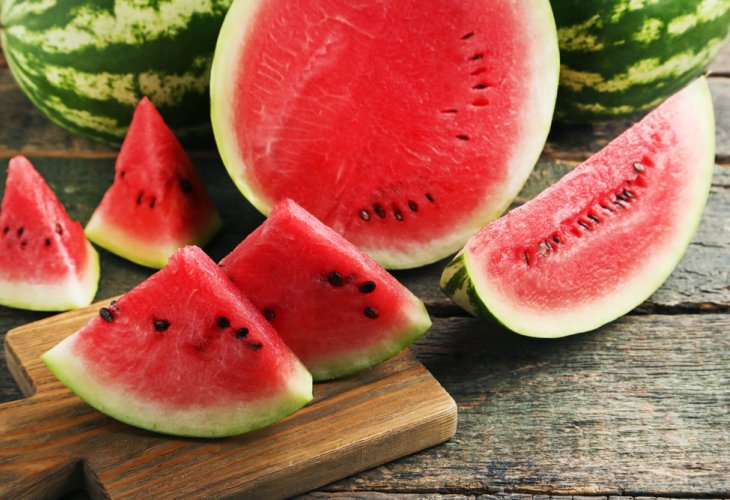Naturopathy and Natural Medicine
The Surprising Part of the Watermelon You Should Be Eating
Learn why watermelon is healthy, which parts offer the most benefits, and how to enjoy this refreshing summer fruit to the fullest.

Watermelon is a fantastic fruit, sweet and juicy. Despite its sweetness, it contains a small amount of sugar.
It's recommended for cleaning out sand and stones that accumulate in the kidneys, a gentle detoxifier of the blood, and helps rid the body of toxins. It can also ease allergies during transitional seasons.
Lycopene and beta-carotene are two antioxidants found in watermelon that help protect the skin and prevent diseases.
Watermelon consists of 93% water, making it especially refreshing in the summer.
A cup of cubed watermelon is considered a serving size, so if you're diabetic or have high triglycerides, it's important to consume in moderation. It's always good to pair it with nuts or almonds to enhance vitamin absorption and slow sugar entry into the cells.
Many people don’t like eating watermelon with seeds, so seedless varieties are grown, which is a shame. The seeds carry health benefits we're missing out on, as they have greater value than the fruit itself.
Watermelon seeds contain proteins, vitamins, and minerals like magnesium, iron, vitamin A, and B vitamins. Eating the seeds with the watermelon can also balance sugar entry into the cells.
Not many know that besides the watermelon flesh, there's also a white part.
What's in the usually discarded white rind of the watermelon?
The inner white part of the rind, tasteless as it may be, holds more health benefits than the red flesh. It’s packed with potent antioxidants. It’s a good source of vitamin A, vitamin C, vitamin B6, potassium, magnesium, and zinc.
It contains the amino acid citrulline, which is important for muscle health and also supports the nervous system to reduce stress. The rind offers dietary fibers that aid digestion and promote weight loss. Additionally, the white rind helps to detoxify and eliminate excess fluids from the body, thus assisting in lowering blood pressure.
How do you eat the white part?
You can add watermelon rind to soups, stews, and even meatballs.
It can be blended with other fruits in smoothies. Some people make jam or combine the watermelon rind with other fruit preserves.
You can pickle it with salt or make pickles using vinegar, or simply chop it up and add to a vegetable salad.
Despite all its advantages, a watermelon-only diet is not recommended. The body needs a balanced diet to lose weight effectively.
Zohara Sharvit is a naturopath N.D and an expert in iridology, with years of experience in treatment, advice, and leading workshops. To schedule a workshop at no cost, call 073-2221290.

